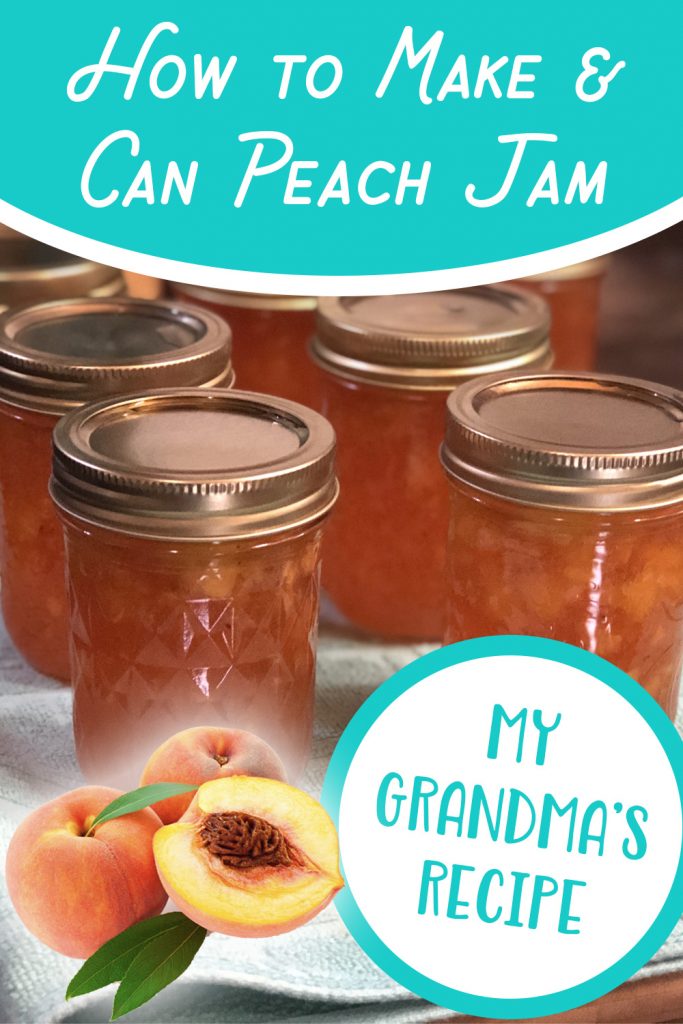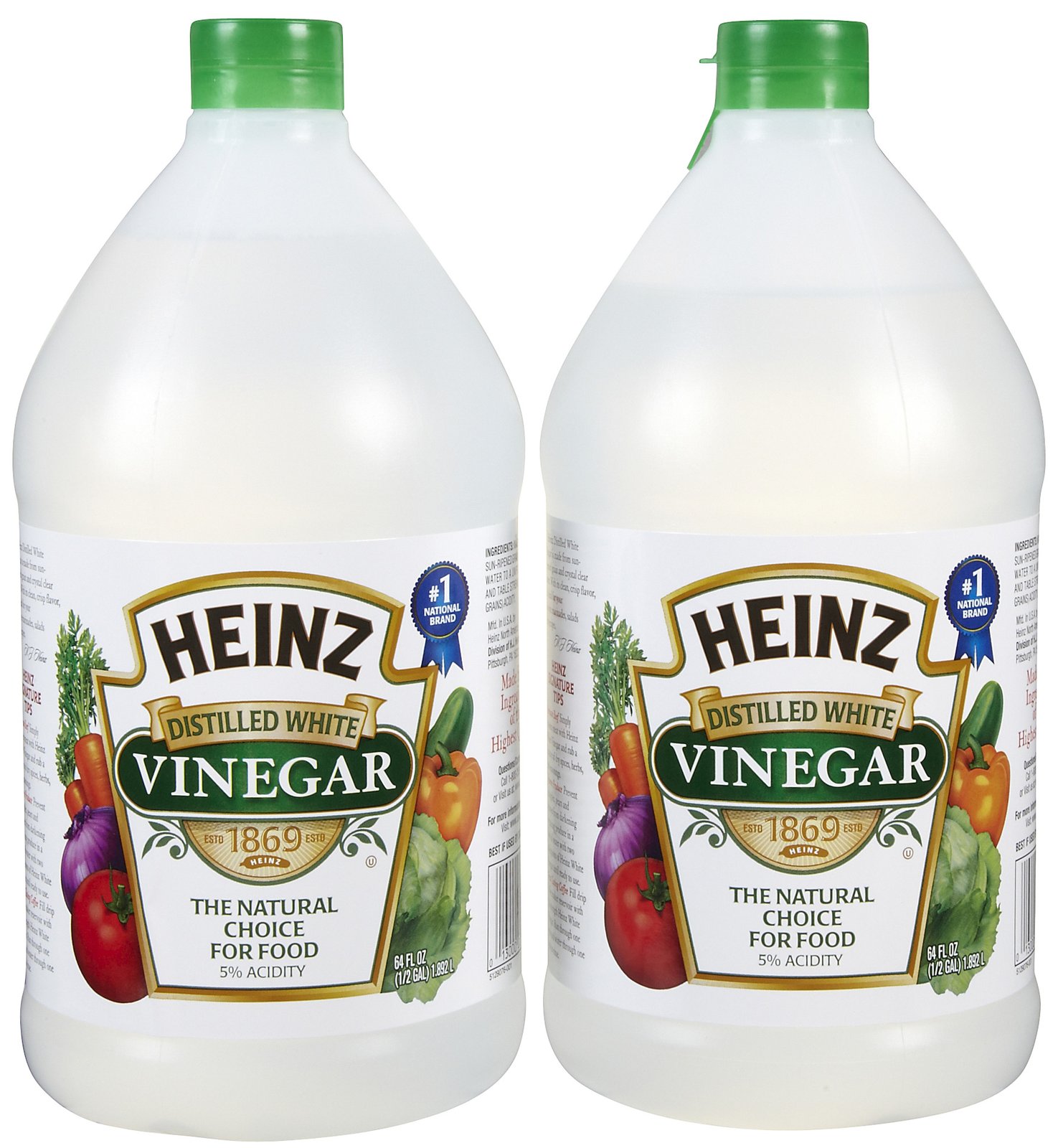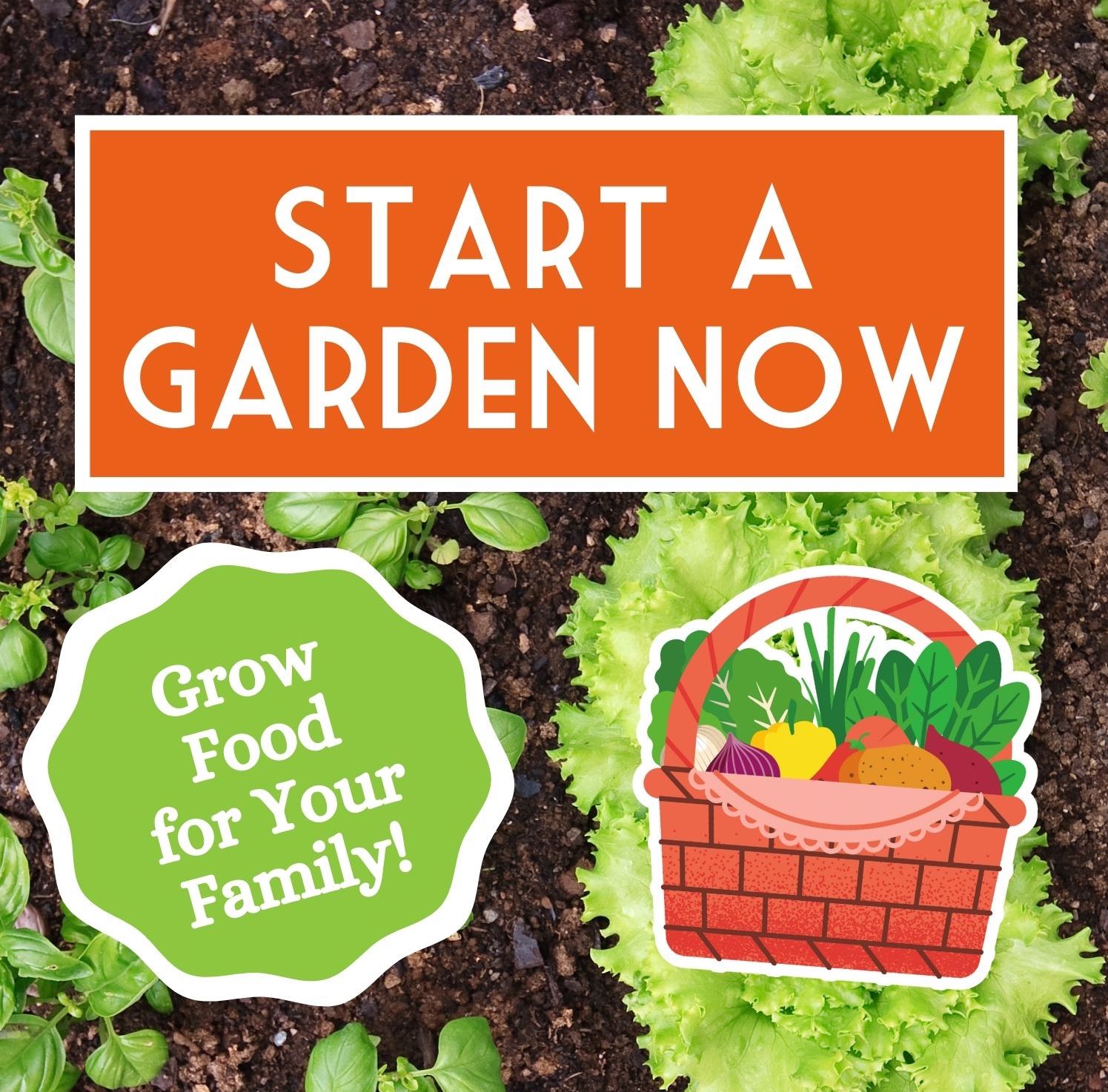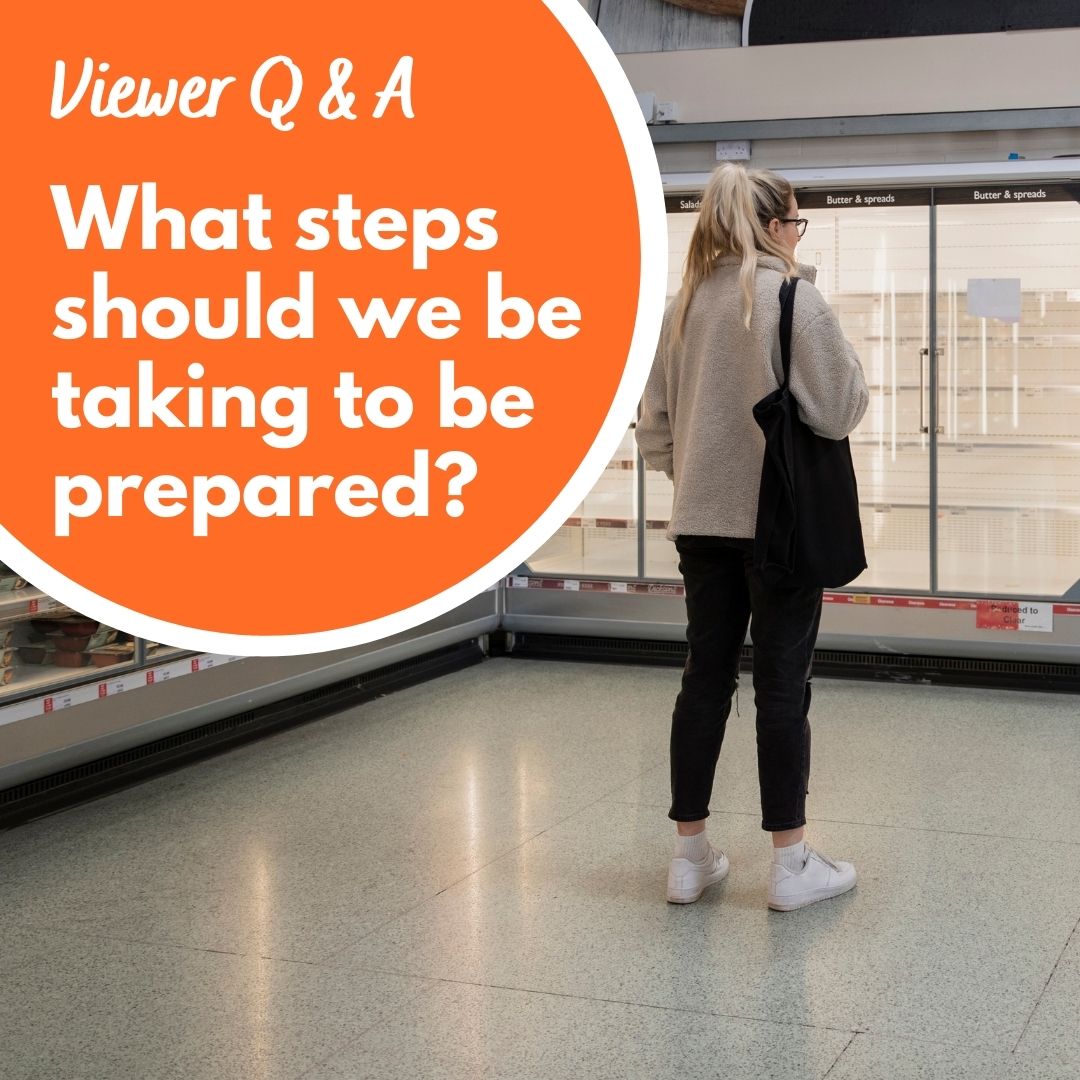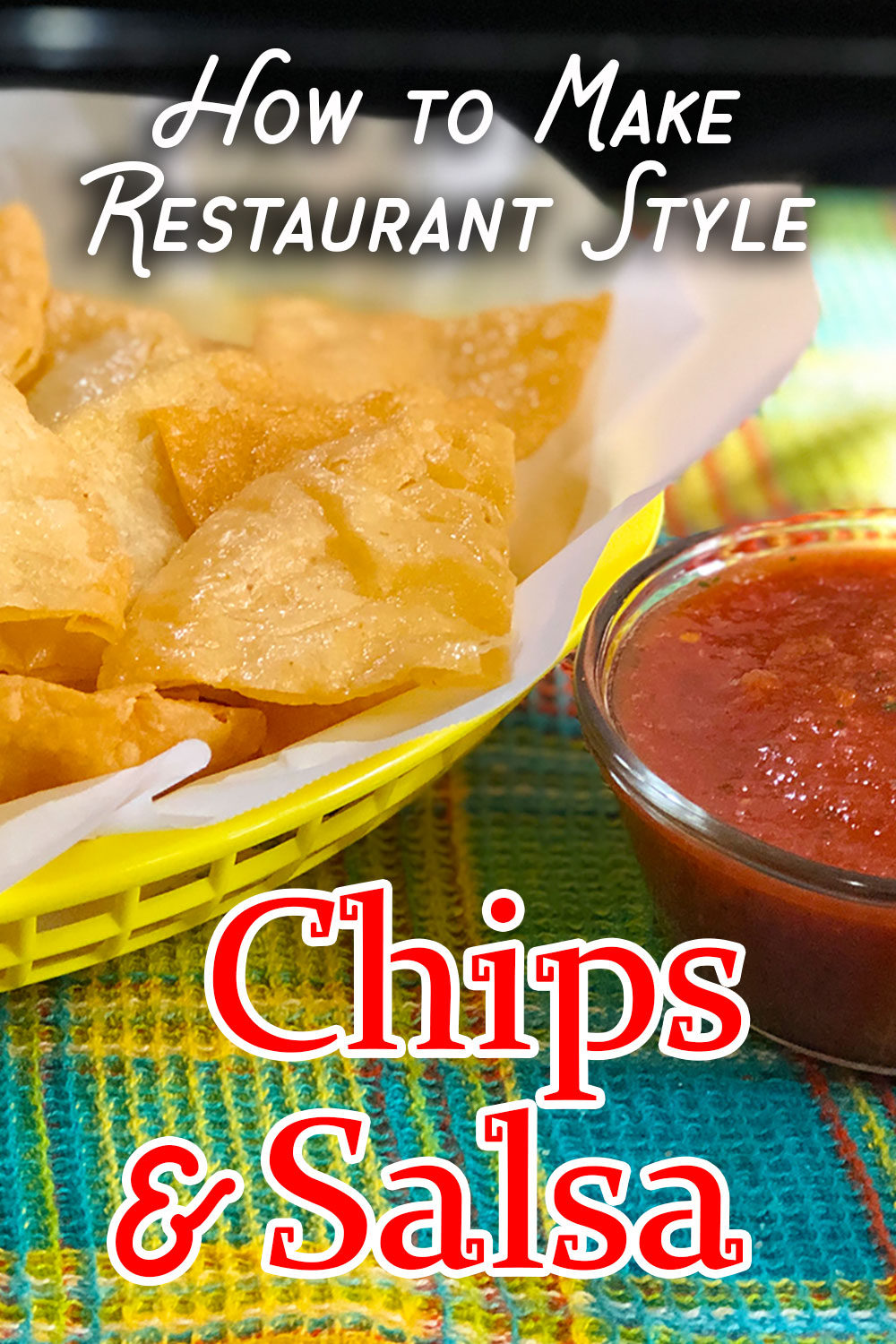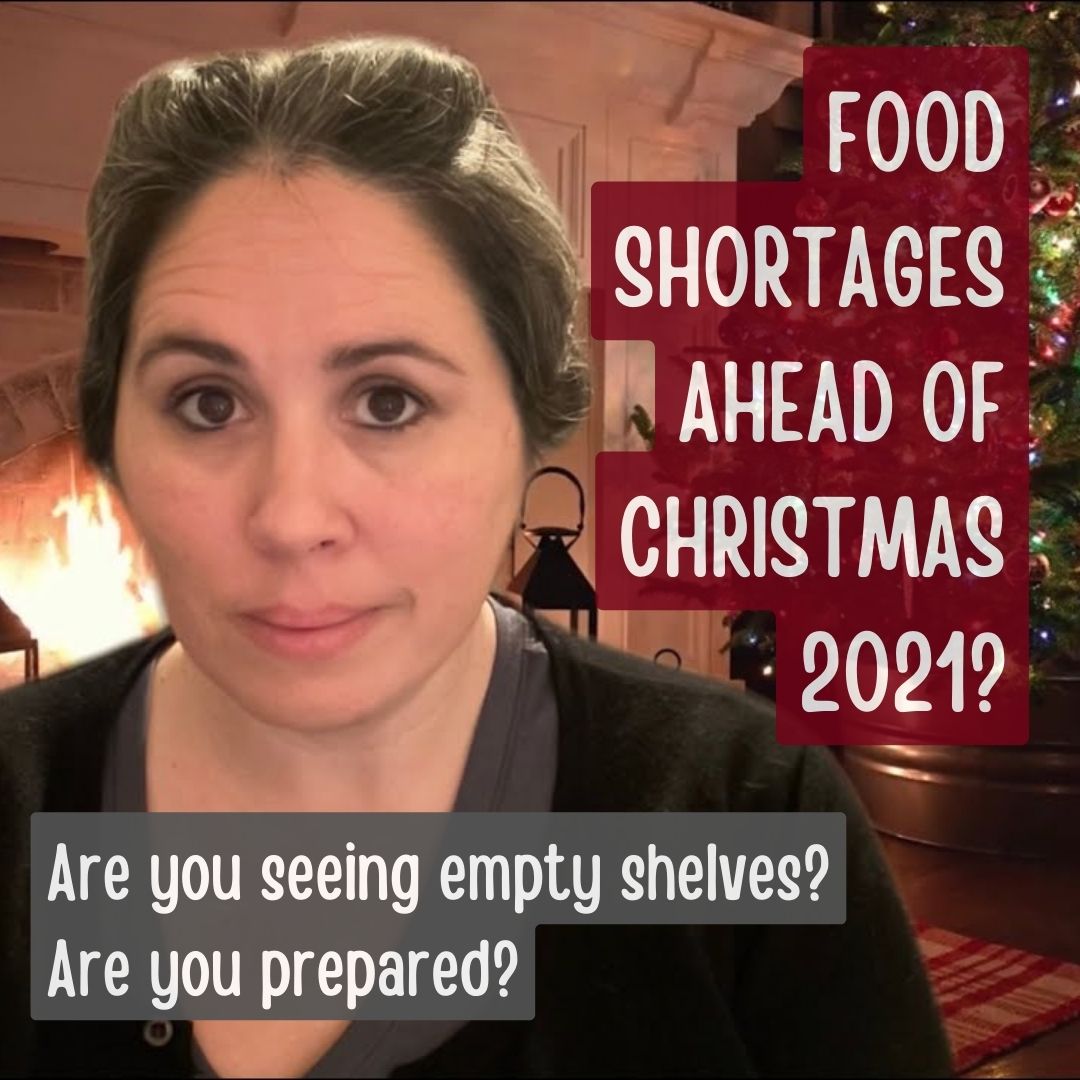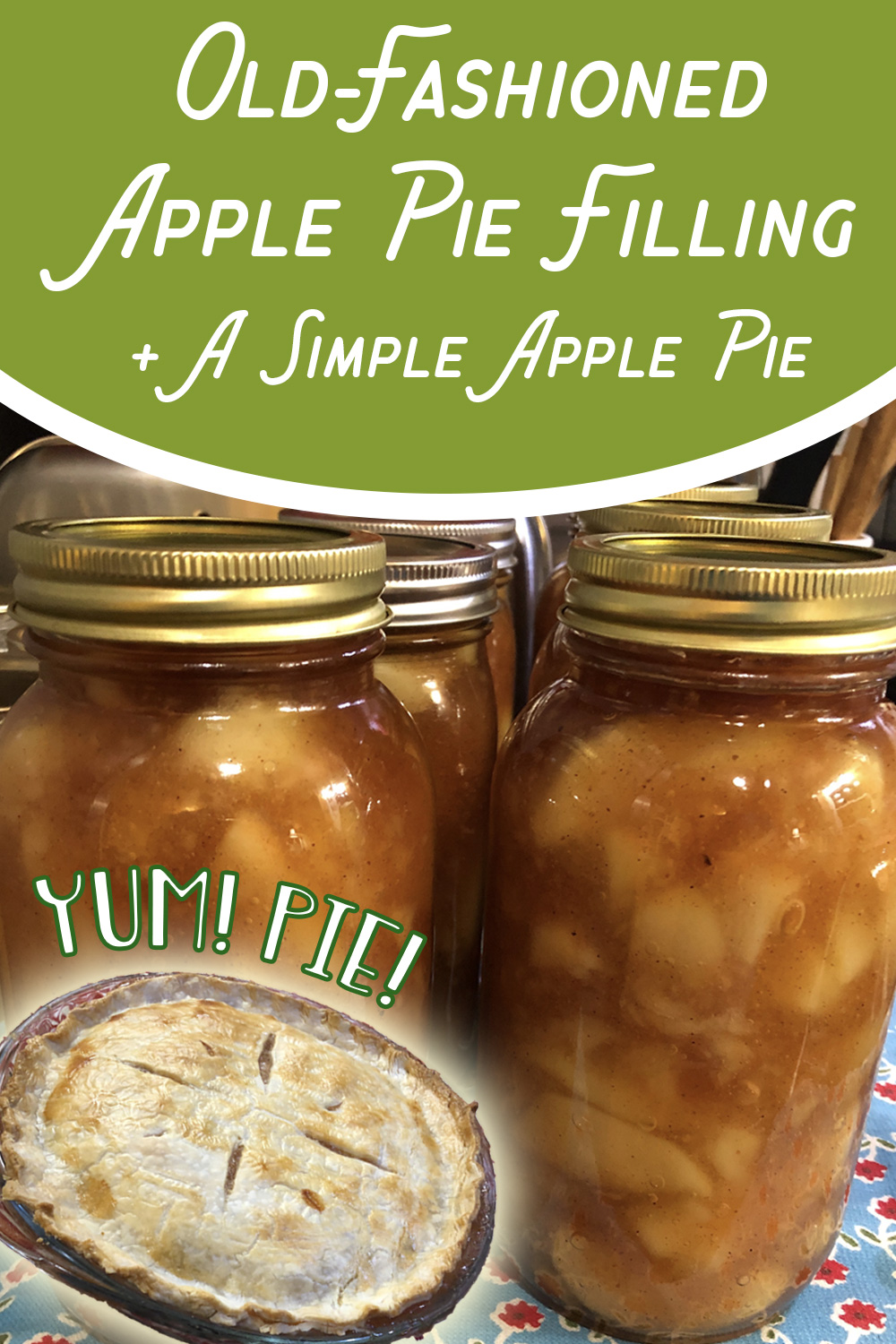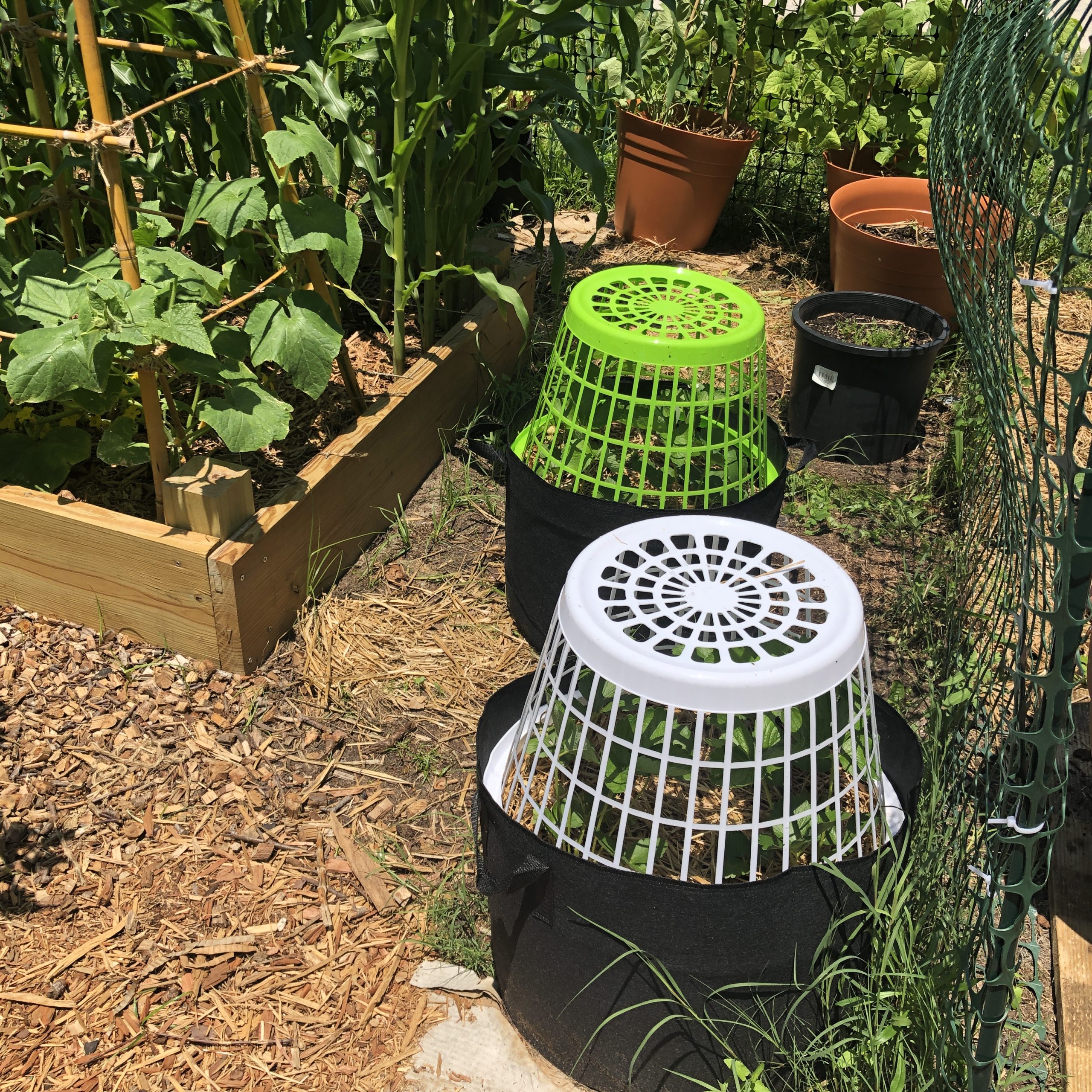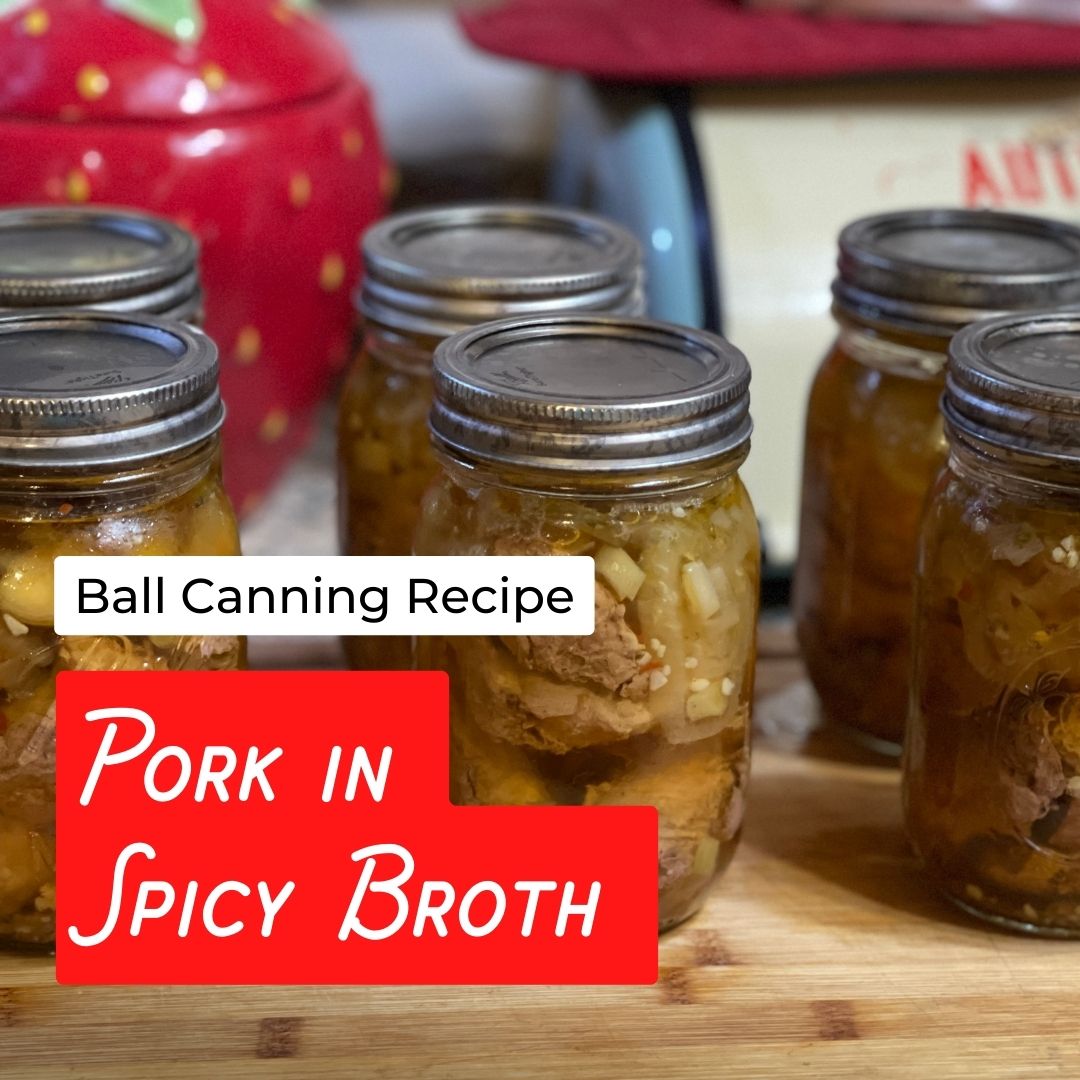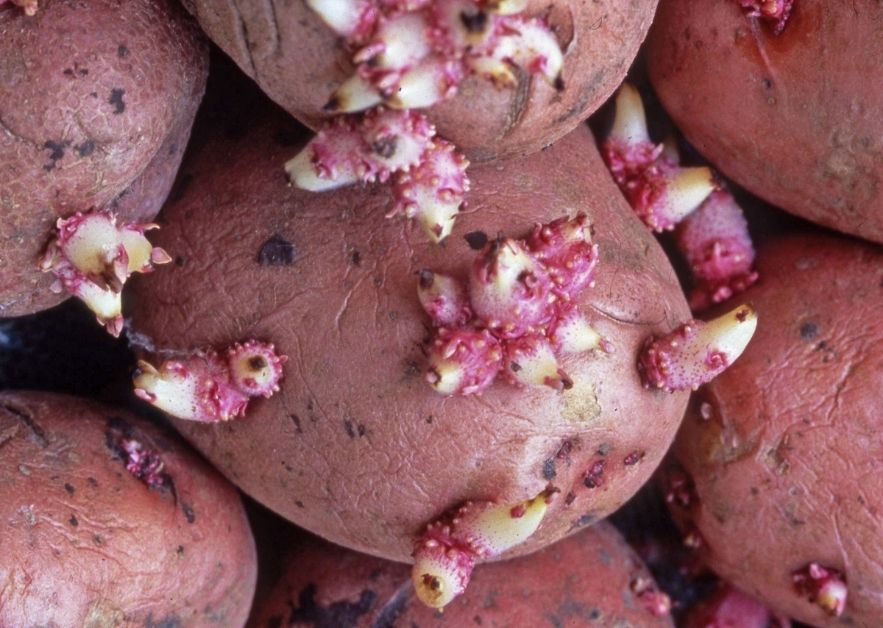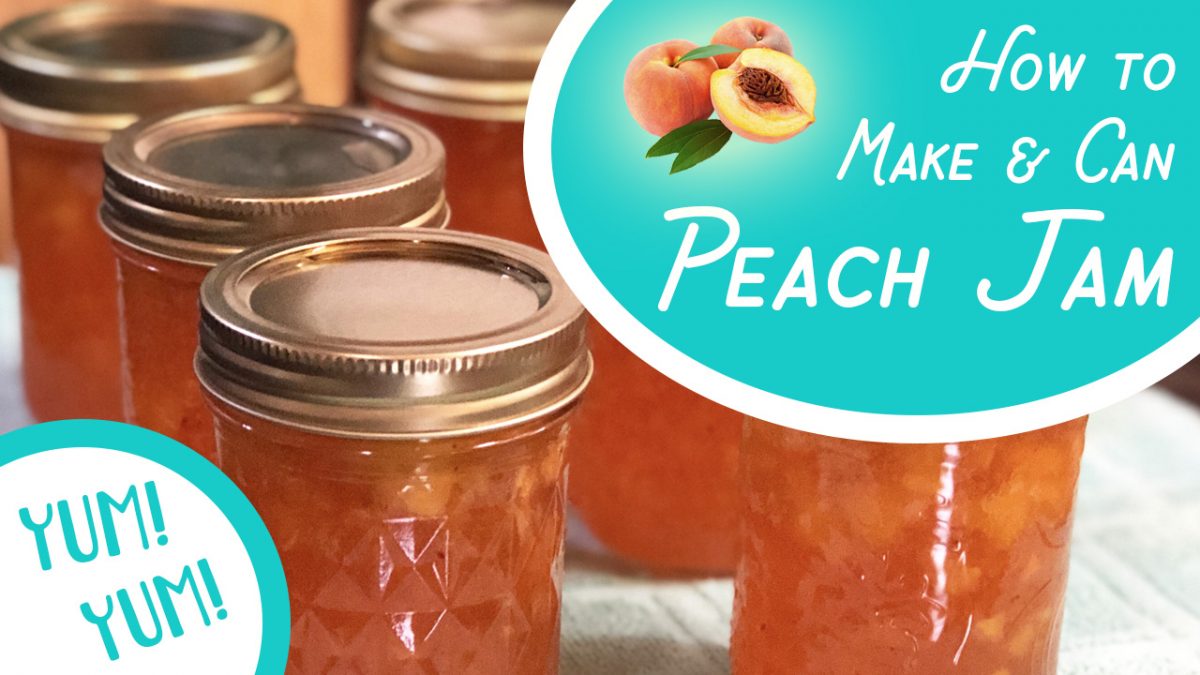
I fell in love with my grandmother’s peach jam as a little girl. Now I’ll show you how to make it using 3 lbs. of fresh peaches, 5 1/2 cups of sugar, 2 Tbsp. lemon juice and 1 box of Sure Jell.
*** IMPORTANT NOTES ABOUT THE VIDEO *** Two clips got inadvertently left out of this upload.
- I DID add the 2 Tbsp of lemon juice to the peaches before cooking the jam.
- There is a rack in the bottom of the canner. I should have mentioned it, but you never can anything without some sort of rack in the bottom of your pot.
For all of the canning safety rules, please visit the National Center for Home Food Preservation
https://nchfp.uga.edu/how/can_home.html
For more canning videos, I absolutely recommend Moore2Life and Suttons Daze.
Video Transcript
The video above does have captions, but if for some reason you just want to read the word-for-word transcript, it is published below in its entirety.
Hi friends! I figured it was finally time for me to make another video. Last one I did was on collards and corn meal dumplings. It’s been a while since I made another one, I just have been busy. This time I decided I wanted to do something that was a special memory for me from childhood.
I’ve been canning like crazy recently. I’m sure everyone’s thinking about food storage, and what if there are future events like the one we’ve gone through over the last several months where you might not be able to go to the grocery store and you might not be able to have things on hand. So people have been canning. You can’t even buy pressure canners right now. Same thing with canning lids. We’ve been doing all kinds of canning. But today I’m going to do something that anybody can can. You don’t have to have a special canner for it. This is peach jam. It is so good and it is a memory from my childhood. You know, my grandmother used to make this when I was a little girl. Well, I’m sure she made it long before I was a little girl, but I remember it from being a little girl because my parents were divorced and I grew up in Raleigh, but my grandmother lived in Craven County. And she would send giant jars of peach jam with me back to Raleigh when she made some. I don’t know if she made it in these jars for everyone. She probably did, but she wanted to make sure I had plenty of it. Plus when I would come down to her house and she would make her delicious biscuits I’d be able to slather some butter and peach jam on her biscuits and it was amazing! So anyway, today I’m going to be making some peach jam. I’m going to be canning it and showing you how that works.
This is definitely an old-school thing to do. You know, the thing that’s so funny to me is that I asked my aunt a couple of months ago, I said, “How did Dada used to make that peach jam? That was the best peach jam. Did she have a particular recipe for it that you have.” And she said, “Oh, she just used the recipe on the back of the Sure Jell box.” So there it is. I’m going to be using the Sure Jell recipe for peach jam, and it is amazing, so stick with me! Thanks!
Ok, this is what you’re going to need to make the peach jam. Here’s the little Sure Jell recipe right here.
I know that some people might call, we’ve even called it peach preserves, and I guess technically there’s a different meaning of jam versus preserves and preserves is going to have more pieces of whole fruit in it and it’s not going to be chopped quite as much, but it still seems like I ended up calling this peach preserves when I was growing up. That was what we called it, but the box says ‘peach jam’ and I don’t want to confuse anyone so I’m going to call it peach jam.
Thanks so much. Bye-bye.
